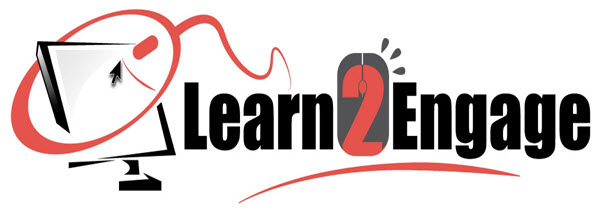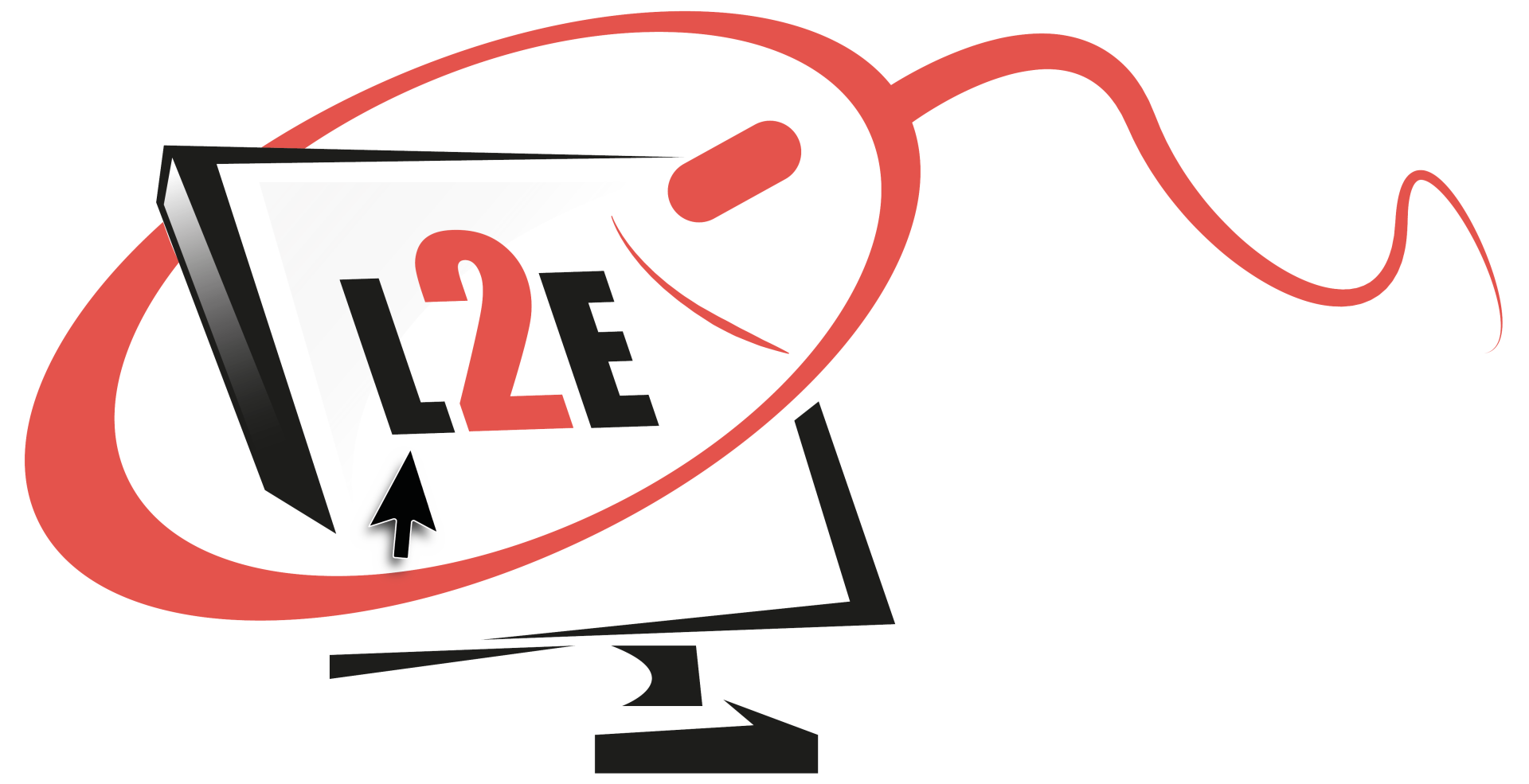A name is not just a name. It’s your identity. It’s what makes you special. And, in the Learning and Development realm, the name or title that describes what you do has many names. You could be a Learning Architect, an Instructional Designer, or even a Learning Design Consultant, and oddly enough, the tasks you are asked to complete are vastly different. I’m sure many in the field can relate.
My question to the ID community is this: Is there a way to select a name that fits you best and dictates your specialty?
I guess the answer could be Yes and No. Yes, you can, but that would limit yourself and unless someone asked for your resume, who would know? and, No, you just have to select the projects and job postings that appeal to you.
What ID Means to Me
When I think of Instructional Design, I think of “a person skilled in taking any content and magically structuring it into an instructional format for a specific audience and a custom designed theme and/or layout.” In my opinion, this is just the contents of the Design Document and/or Storyboard if it is for an eLearning course, and has nothing to do with eLearning development, LMS administration, or graphic design.

So, how does my definition fit with your own? To expand on this further, I thought I’d share the top three skills I look for when interviewing IDs for my organization:
- The Breakdown – I often ask interviewees how they would get started if a client gave them the following content: 3 Word documents, a PDF, a PPT with notes, and a video of a SME meeting. I want to know how they would organize the content to create the initial outline for the Design Document. I am looking for their process of breaking down content. I have to say over half of them are stumped. They talk about meeting with the SME, ask about the topic of the course, or sit there in silence (yikes). The rest of them respond with their steps to finding common themes, organizing topics on note cards on a board and sorting the content accordingly, transcribing the video for Word format, and dare I admit aloud, just like myself, they print everything and mark up with a pen and sticky notes. Way to go!
- Young vs. Old – My next question is all about the audience. For example, I present them with two hypothetical projects: 1) a leadership course for upper management in a corporate environment, with the audience being older males between 35 and 60. 2) a leadership course for young adults about to graduate high school. Next, I ask them what the key differences would be in the style, narration, graphics, and activities between the two audiences within the storyboard. Approximately 80% can answer appropriately, which is commendable. They talk about the language that would appeal to each group, professional vs. more conversational; for corporate males, it may be a conventional style with corporate characters in suits in an office setting with scenario activities vs. a modern template with bright colors, hip language, casual dress, and high-tech activities such as gamification for the teens. Awesome!
- Method vs. Methodology – A lot of folks get this question confused. I ask what methodology, model, or theory they prefer to apply to their eLearning courses and why. They either go back to number one and begin describing their method for writing the storyboard or organizing the content, or they just simply answer ADDIE. Although this is a great tool for the design phase, it does not relate to the content presented to the learner. A more appropriate answer would be Keller’s ARCS Model of Motivation or Gagne’s 9 Events, which I prefer. What’s your favorite?
Conclusion
Overall, whatever your ‘name’ is and whatever skills you possess, the key is to master that skill, define it well in your resume and portfolio, and be up front with employers about what you can and cannot do…or handle.
I would love to hear your thoughts on any of the topics in this article, so be sure to comment below. Until next time…
About the Author
Cheryl Powell, CEO of Learn2Engage, is in her 28th year as a Virtual Instructional Design and e-Learning Specialist, with clients all over the US and overseas. Additionally, she is a published author of various works of fiction and motivational speaker.
She holds a Bachelor in Business Management, a graduate certification in Project Management, a Master of Science degree in IT Project Management, and a ATD Gamification Level 1 Certificate. She has studied the Adult Learning principles of experts and theorists such as Gagne’s (nine events), Maslow’s (hierarchy of needs), and Dr. Ruth Clark, to ensure her courses, presentations, storyboards, and modules, engage the learner, utilize the proper balance of white space, text and graphics, and result in high Learner Retention rates.
Her clients return year after year for the affordable pricing, her rapid customer response rate, and the benefits they observe in the productivity of their employees after taking her courses.


